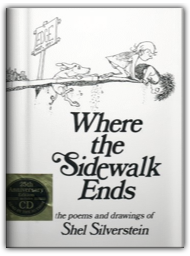
Silly, silly Shel Silverstein. For more than 25 years, he has taken children exactly where they want to go with poetry: into the world of nonsense and wordplay. Take "Instructions," for example:If you should ever choose 
There is little sugar but lots of spice in journalist Rachel Simmons's brave and brilliant book that skewers the stereotype of girls as the kinder, gentler gender. Odd Girl Out begins with the premise that girls are socialized to be sweet with a double bind: they must value friendships; but they must not express the anger that might destroy them. Lacking cultural permission to acknowledge conflict, girls develop what Simmons calls "a hidden culture of silent and indirect aggression." 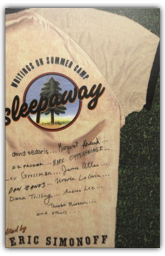
Margaret Atwood tells of a girl swallowed up by the woods and lost forever. Mark Oppenheimer experiences leftist utopia in a nature camp. David Sedaris avoids having a bowel movement for a month. ZZ Packer teaches a lesson in black and white to the girls of Brownie Troop 909. 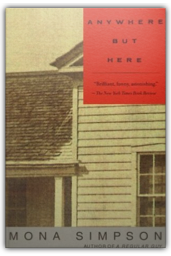
"Strangers always love my mother," Ann August tells us at the start of Anywhere But Here. "And even if you hate her, can't stand her, even if she's ruining your life, there's something about her, some romance, some power. She's absolutely herself. No matter how hard you try, you'll never get to her. And when she dies, the world will be flat, too simple, reasonable, fair." Indeed, over the course of the dozen or so years chronicled in Mona Simpson's first novel, Ann and everyone else related to the charming, delusional Adele learn this the hard way. Ann does hate her at times; Adele does indeed come pretty close to ruining Ann's life on numerous occasions, or at least scarring it, and yet, ultimately, it isn't possible not to love her. As Ann puts it: "The thing about my mother and me is that when we get along we're just the same." 
From two masters who need no introduction comes a handsome reprint of the classic Newbery Honor book Zlateh the Goat and Other Stories. With wit and whimsy, Maurice Sendak illustrates seven tales about the legendary village of fools, Chelm, written by Isaac Bashevis Singer. Silly, outrageous, and sometimes poignant, the stories (translated from the Yiddish) reflect the traditions, heroes, and villains of middle European folklore. The devil makes an appearance more than once, as do the ever-so-foolish yet highly revered Elders of Chelm. In "The Mixed-Up Feet and the Silly Bridegroom," four sisters wake one morning to discover that their feet have become mixed up in the bed they share. A wise Elder advises their mother to whack the bed with a big stick, thus causing each girl to grab her own feet in pain and surprise. When their feet are sorted out, he then recommends, the sisters should be married off as soon as possible, to reduce the possibility of similar mix-ups in the future. Of course, none of them count on the breathtaking stupidity of the first bridegroom. Another not-so-clever fellow stars in "The First Shlemiel." When this man's wife asks him to do three things for her, he promptly and accidentally proceeds to breach each one of his promises, resulting in a baby with a bump on his head, an escaped rooster, and an emptied pot of jam. Somehow, though, possibly because ignorance is bliss, fools always come out on top in these wonderful stories, making for terrific read-aloud, laugh-aloud fun for the entire family. (All ages) —Emilie Coulter 
Beginning with French Style. Suzanne Slesin and her coauthors created an acclaimed series of high-quality color books that focused on international areas of cultural and domestic interest. The Little Style Books revisit this classic material in a new and reinvigorated format. 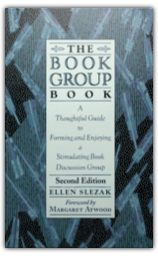
On any given afternoon or evening, hundreds of book groups are meeting in living rooms, libraries, coffee houses, and kitchens to share their love-or hate-of a book. Interests and reading lists vary tremendously, but in each successful group, members are linked by a passion for books and a fierce loyalty to each other. The Book Group Book contains essays from special-interest groups, groups with professional leaders or sponsors, new groups, and groups that have been meeting for decades. Book lovers will learn how groups are organized and find inspiration and insight from the strengths, weaknesses, and special qualities that make book groups a treasured part of their members' lives. |
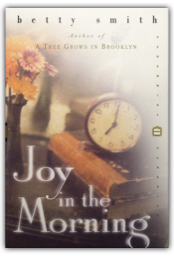
In Brooklyn, New York, in 1927, Carl Brown and Annie McGairy meet and fall in love.Though only eighteen, Annie travels alone to the Midwestern university where Carl is studying law to marry him. Little did they know how difficult their first year of marriage would be, in a faraway place with little money and few friends. But Carl and Annie come to realize that the struggles and uncertainty of poverty and hardship can be overcome by the strength of a loving, loyal relationship. An unsentimental yet uplifting story, Joy in the Morning is a timeless and radiant novel of marriage and young love. 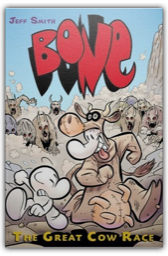
In THE GREAT COW RACE, volume 2 of this 9-book epic, Fone Bone and his cousins plan to return home after visiting the village of Barrelhaven with Thorn and Gran'ma Ben. But Phoney risks everything on one last get-rich-quick scheme for the town's annual Great Cow Race. As usual, Phoney's plans go disastrously awry, and Boneville seems further away than ever. Meanwhile, ominous signs indicate that a war is brewing, and Fone finds himself helping his friends defend their valley from a formidable enemy. 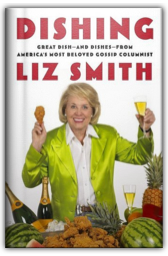
New York Times Bestselling Author 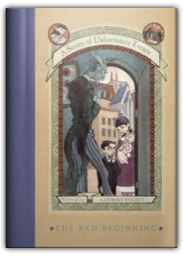
Make no mistake. The Bad Beginning begins badly for the three Baudelaire children, and then gets worse. Their misfortunes begin one gray day on Briny Beach when Mr. Poe tells them that their parents perished in a fire that destroyed their whole house. "It is useless for me to describe to you how terrible Violet, Klaus, and even Sunny felt in the time that followed," laments the personable (occasionally pedantic) narrator, who tells the story as if his readers are gathered around an armchair on pillows. But of course what follows is dreadful. The children thought it was bad when the well-meaning Poes bought them grotesque-colored clothing that itched. But when they are ushered to the dilapidated doorstep of the miserable, thin, unshaven, shiny-eyed, money-grubbing Count Olaf, they know that they—and their family fortune—are in real trouble. Still, they could never have anticipated how much trouble. While it's true that the events that unfold in Lemony Snicket's novels are bleak, and things never turn out as you'd hope, these delightful, funny, linguistically playful books are reminiscent of Roald Dahl (remember James and the Giant Peach and his horrid spinster aunts), Charles Dickens (the orphaned Pip in Great Expectations without the mysterious benefactor), and Edward Gorey (The Gashlycrumb Tinies). There is no question that young readers will want to read the continuing unlucky adventures of the Baudelaire children in The Reptile Room and The Wide Window. (Ages 9 and older) —Karin Snelson 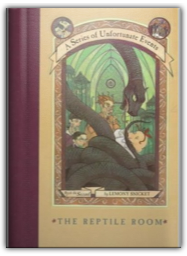
The Reptile Room begins where Lemony Snicket's The Bad Beginning ends... on the road with the three orphaned Baudelaire children as they are whisked away from the evil Count Olaf to face "an unknown fate with some unknown relative." But who is this Dr. Montgomery, their late father's cousin's wife's brother? "Would Dr. Montgomery be a kind person? they wondered. Would he at least be better than Count Olaf? Could he possibly be worse?" He certainly is not worse, and in fact when the Baudelaire children discover that he makes coconut cream cakes, circles the globe looking for snakes to study, and even plans to take them with him on his scientific expedition to Peru, the kids can't believe their luck. And, if you have read the first book in this Series of Unfortunate Events, you won't believe their luck either. Despite the misadventures that befall these interesting, intelligent, resourceful orphans, you can trust that the engaging narrator will make their story—suspenseful and alarming as it is—a true delight. The Wide Window is next, and more are on their way. (Ages 9 and older) —Karin Snelson |

My Library
Collection Total:
1390 Items
1390 Items
Last Updated:
Mar 22, 2009
Mar 22, 2009



 Made with Delicious Library
Made with Delicious Library